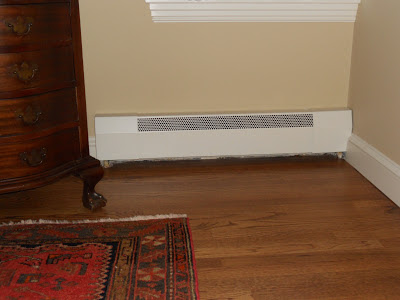When it comes to a condensate neutralizer...
SIZE DOES MATTER!
SIZE DOES MATTER!
WHAT IS CONDENSATE?
Condensate is produced after the transition of a gas into a liquid due to a drop in temperature or pressure. In the case of burning natural gas in a high efficiency boiler, furnace or water heater, this condition occurs when the temperature of the flue gases starts to drop below 130°F.
This condensate is made up of several ingredients and will generally have a pH of between 2.9 and 4. As such it is considered to be acidic and can cause serious damage to piping systems, sewerage systems, treatment facilities, septic systems and other items it may come in contact with. Many communities now insist that this condensate be rendered benign before it enters the common drainage system. The easiest way to accomplish this is with the addition of a condensate neutralizer.
HOW DOES A CONDENSATE NEUTRALIZER WORK?
The acid neutralization takes place when the acidic solution comes in contact with the media. The calcium carbonate in the media changes the solution into water, CO2 and various salts which tend to collect in the bottom of the tank or tube. All lime and limestone (marble) contains different percentages of calcium carbonate so making totally accurate capacity statements is not realistic. The pelletized lime is more consistent but turns to mud and eventually solidifies.
ABOUT OUR PRODUCT SOLUTION...
- Our Condensate Neutralizer Is BIGGER Which Offers Greater Performance & Longevity
- Our Condensate Neutralizer Offers Higher Capacity On Our Smallest Unit ~ One Size Fits Most Residential Applications
- Our Clear Cartridge Allows You To See The Consistent Quality Of Our Media
- Our Condensate Neutralizer Has Superior Media Quality Which Is Tumbled, Washed & Dried To Prevent Dust & Clogging
We offer three sizes:
- CN2STR: 220,000 BTU
- CN3STR: 400,000 BTU
- CN4STR: 1,200,000 BTU (shown above)
Click here for literature
Click here for product photos












